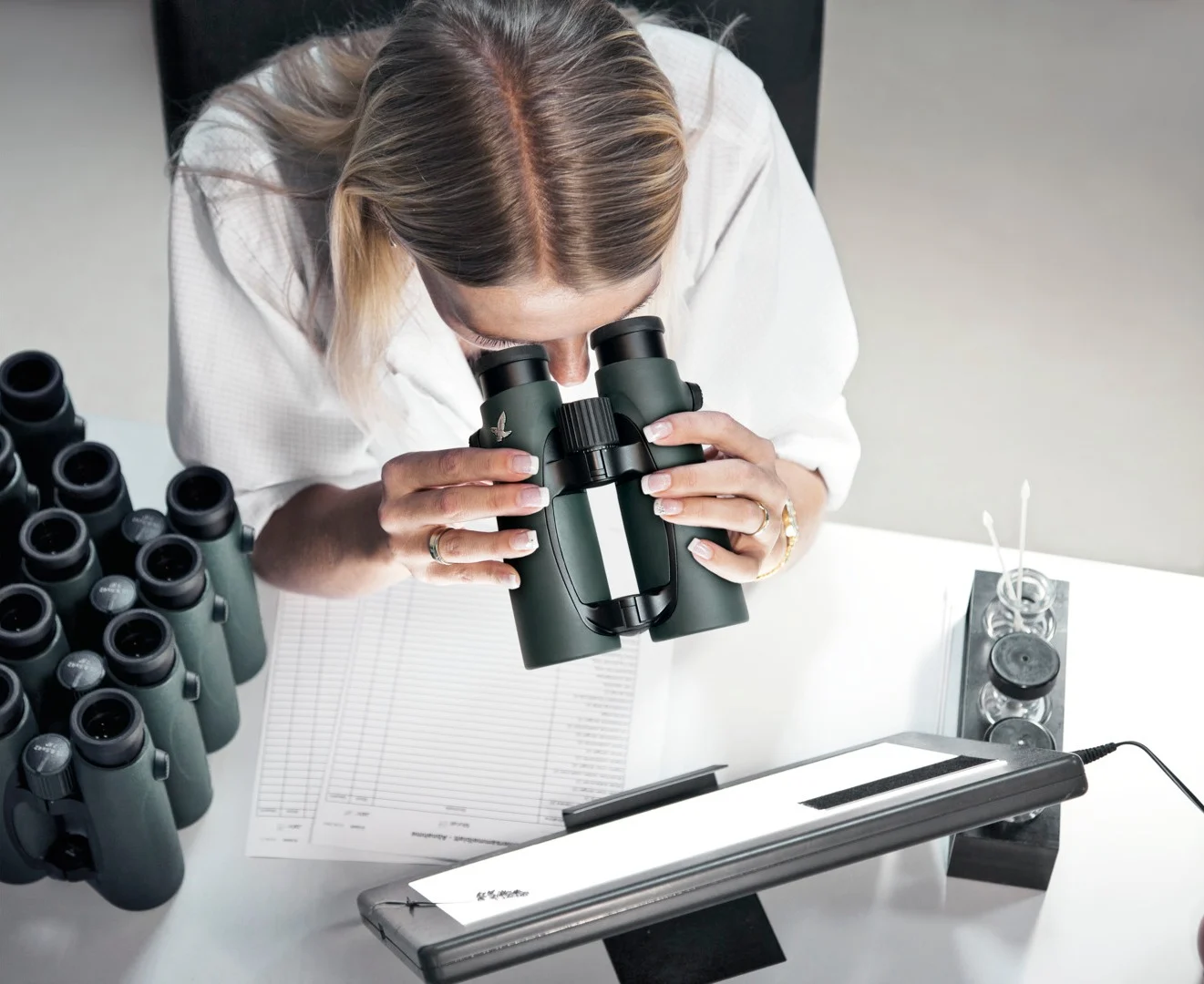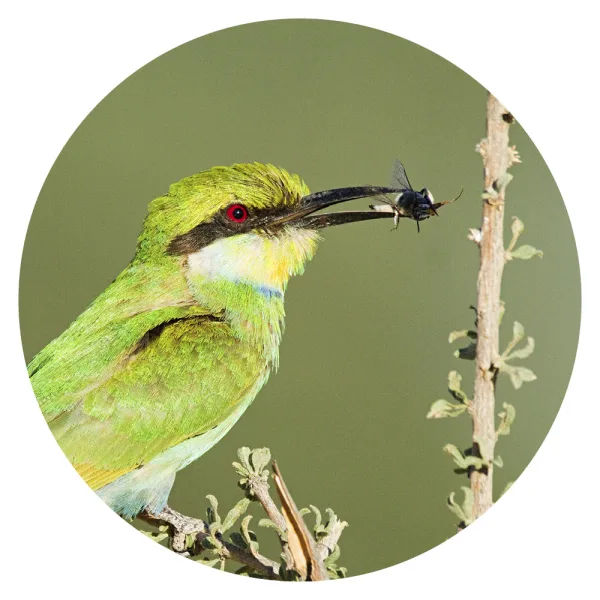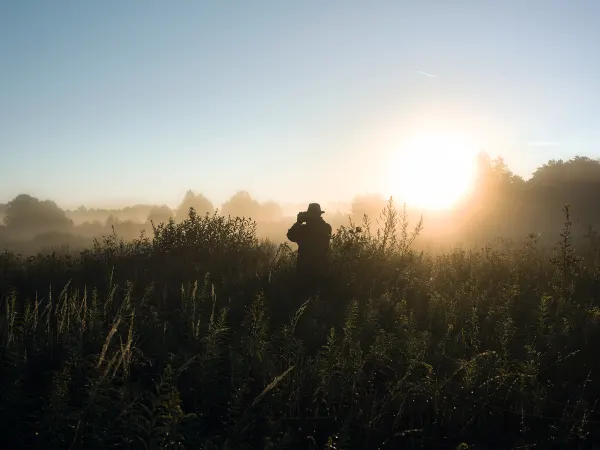Franz Erler and Daniel Rotter give some practical tips how to test the quality of binoculars and scopes for yourself. This kind of test can quickly separate the wheat from the chaff when it comes to optical instruments.


Franz Erler and Daniel Rotter give some practical tips how to test the quality of binoculars and scopes for yourself. This kind of test can quickly separate the wheat from the chaff when it comes to optical instruments.

These can be found on car license plates, signs, and illuminated billboards, but also on trees, leaves, branches, and mountain edges and ridges in front of a bright sky. A top-quality device means there is hardly any color fringing in the transitions. But be careful – never use the device to look directly at the sun or you could seriously damage your eyes!
The fine structures of plumage make it an ideal subject for testing, and the same is true of fur. Pay attention to the detail resolution. The better the optics, the less you can see yellow or bluish color fringing.


Stars are perfect for testing because they are very bright, point-shaped light sources against a dark background. Top-quality optics will display them without distortion.
It is also interesting to train your binoculars on an object somewhat off-center rather than right in the center as normal. This allows you to check the edge sharpness and see whether there is any color fringing.


And finally, you can also test the image quality based on the prevailing light conditions. In the case of scattered light phenomena that occur when an object is back-lit or when viewing at twilight, it is easy to see the difference between premium and mass-market optics.
Contact Whylo For More Information
Copyright 2023 | All Rights Reserved | Powered by WILD & JAG / GAME & HUNT
| Cookie | Duration | Description |
|---|---|---|
| cookielawinfo-checkbox-analytics | 11 months | This cookie is set by GDPR Cookie Consent plugin. The cookie is used to store the user consent for the cookies in the category "Analytics". |
| cookielawinfo-checkbox-functional | 11 months | The cookie is set by GDPR cookie consent to record the user consent for the cookies in the category "Functional". |
| cookielawinfo-checkbox-necessary | 11 months | This cookie is set by GDPR Cookie Consent plugin. The cookies is used to store the user consent for the cookies in the category "Necessary". |
| cookielawinfo-checkbox-others | 11 months | This cookie is set by GDPR Cookie Consent plugin. The cookie is used to store the user consent for the cookies in the category "Other. |
| cookielawinfo-checkbox-performance | 11 months | This cookie is set by GDPR Cookie Consent plugin. The cookie is used to store the user consent for the cookies in the category "Performance". |
| viewed_cookie_policy | 11 months | The cookie is set by the GDPR Cookie Consent plugin and is used to store whether or not user has consented to the use of cookies. It does not store any personal data. |